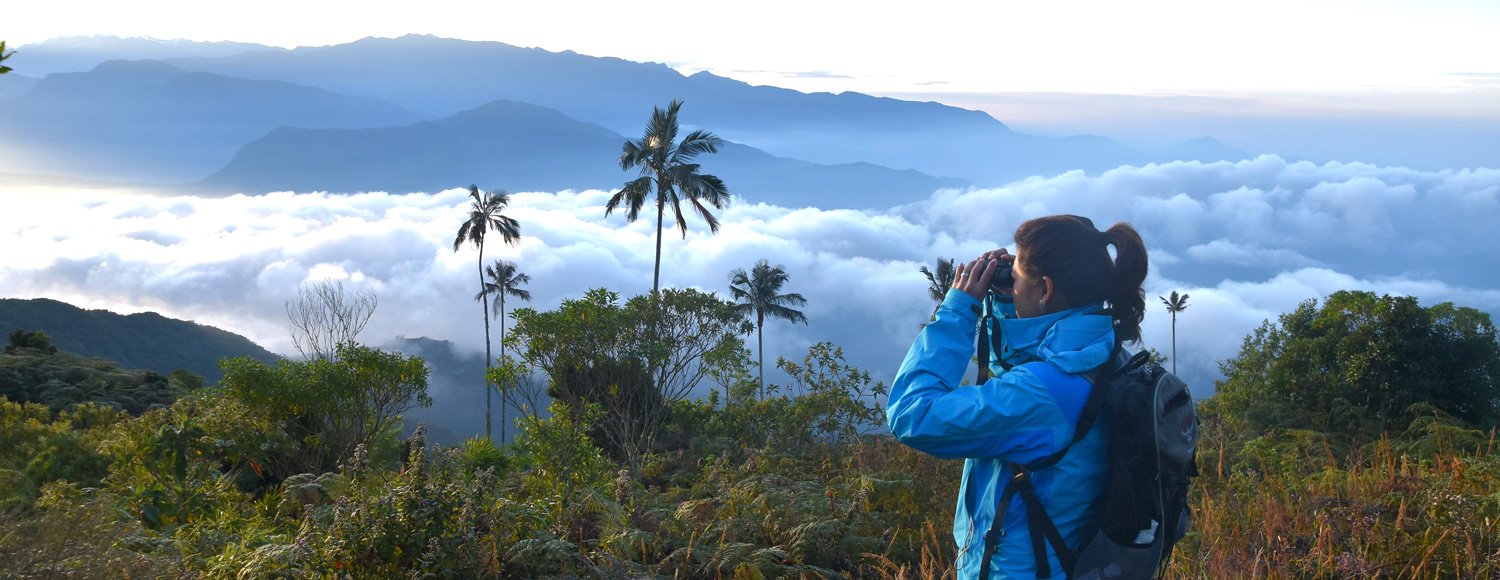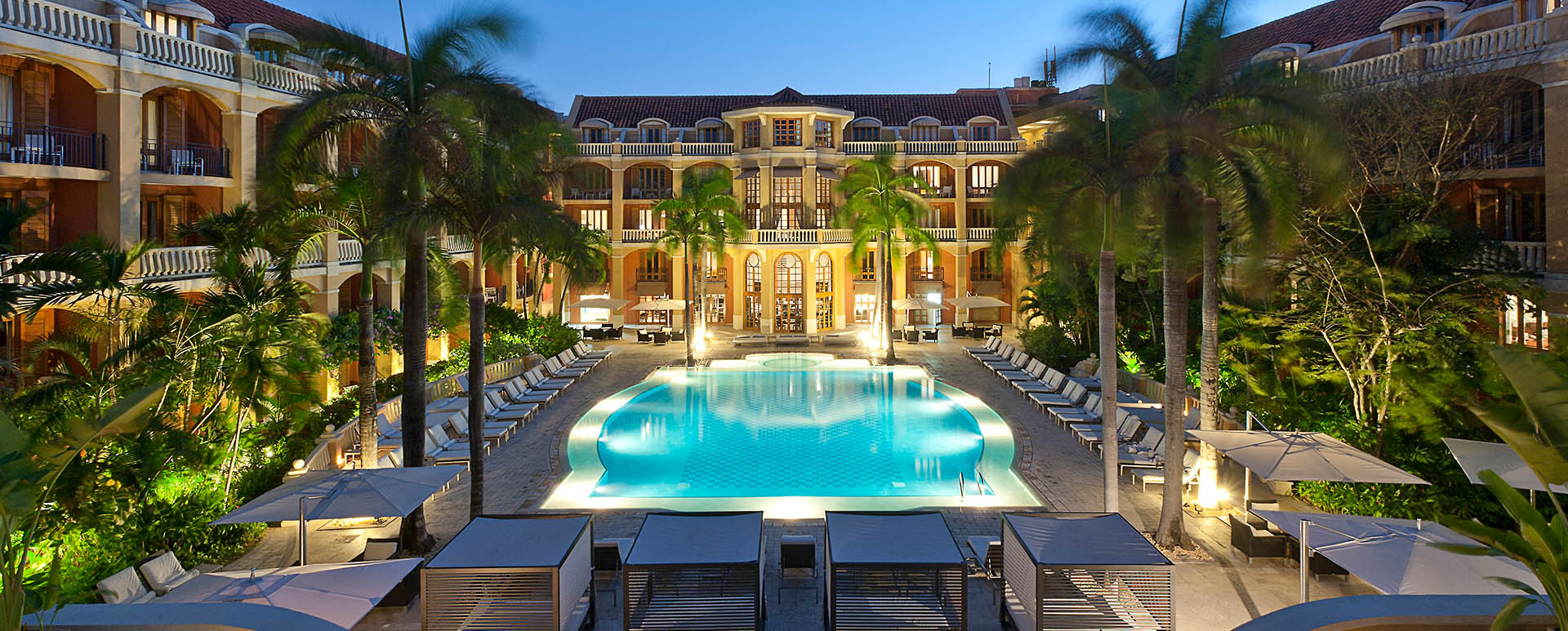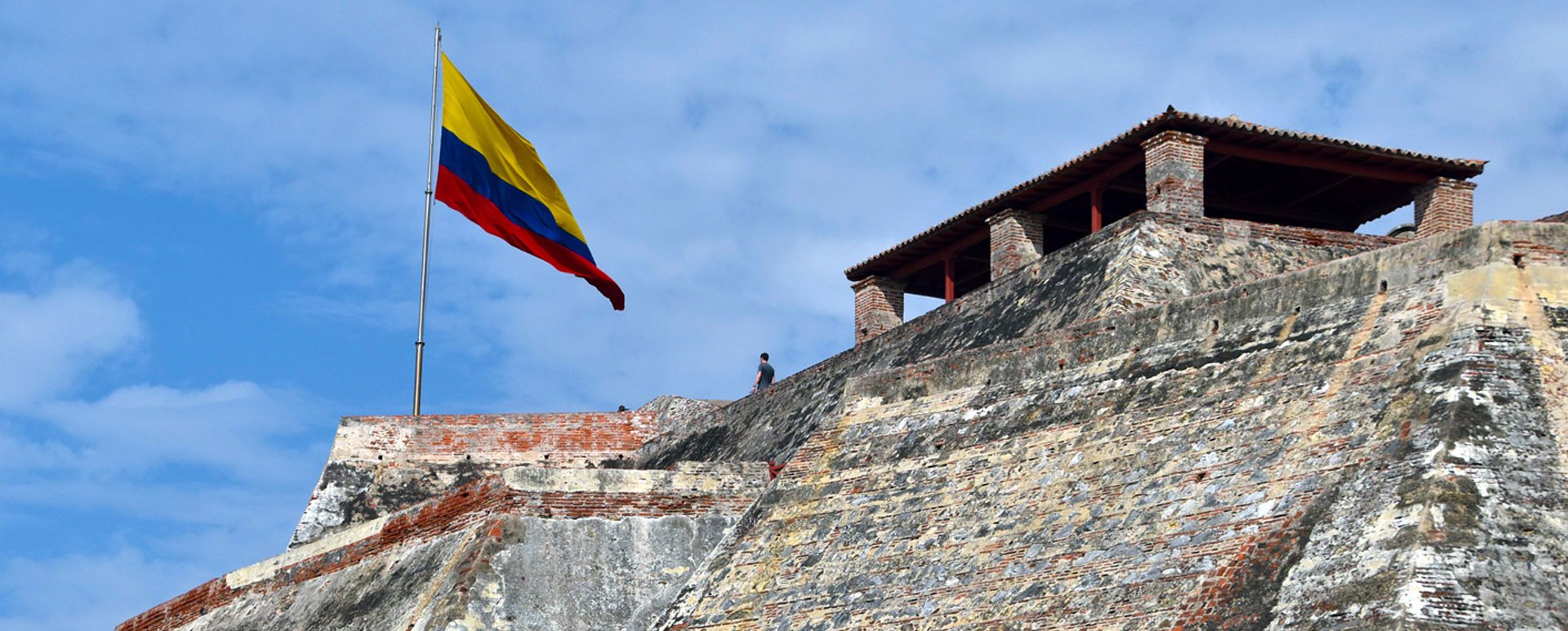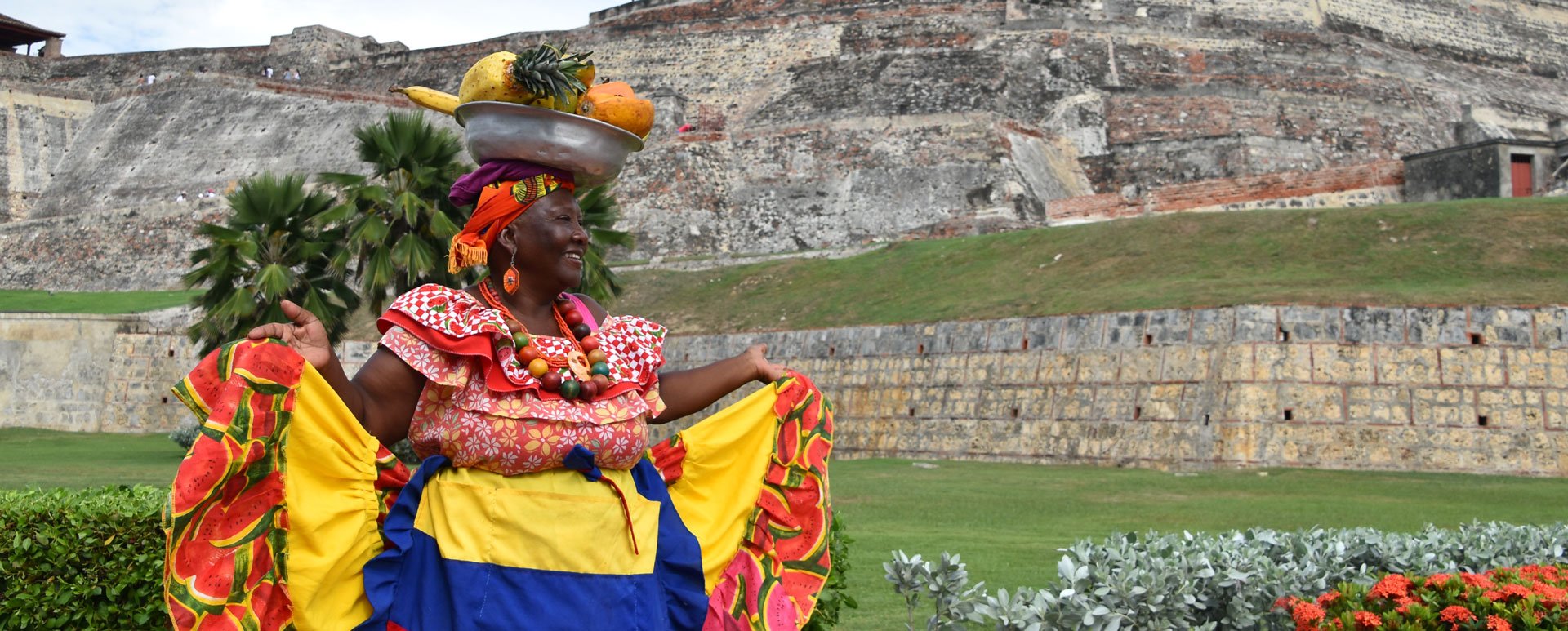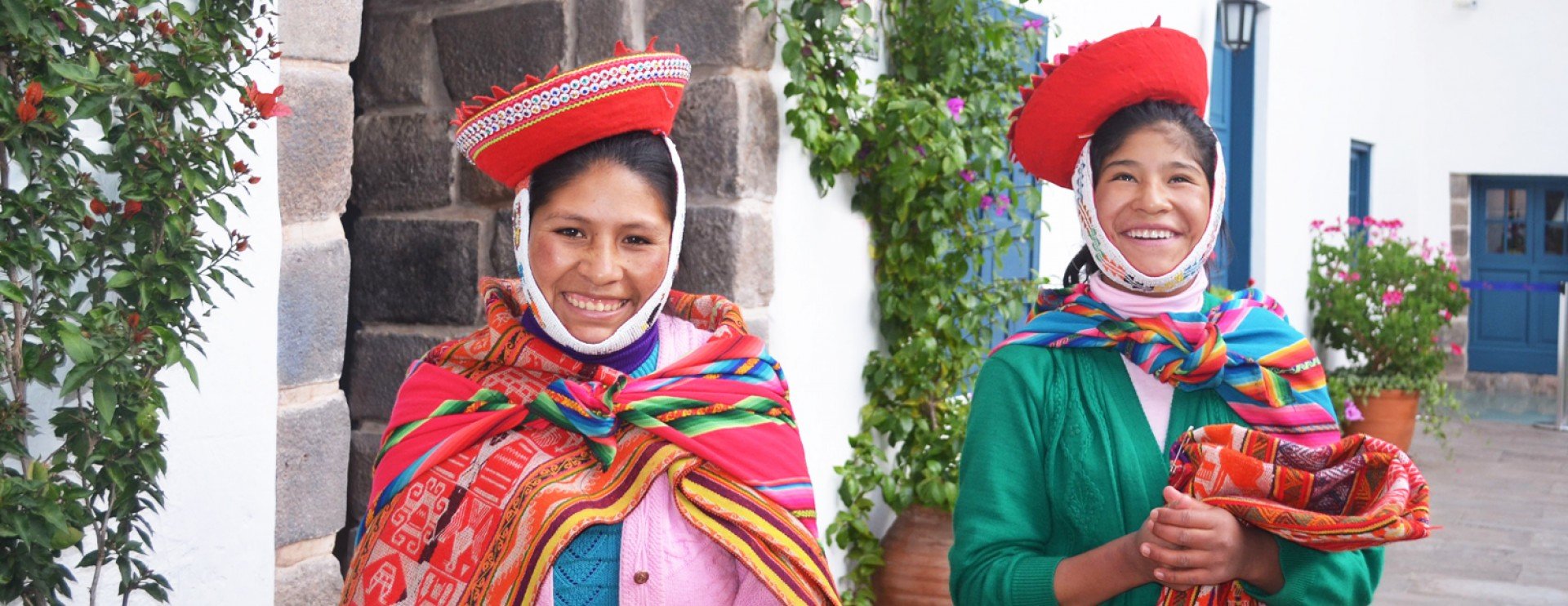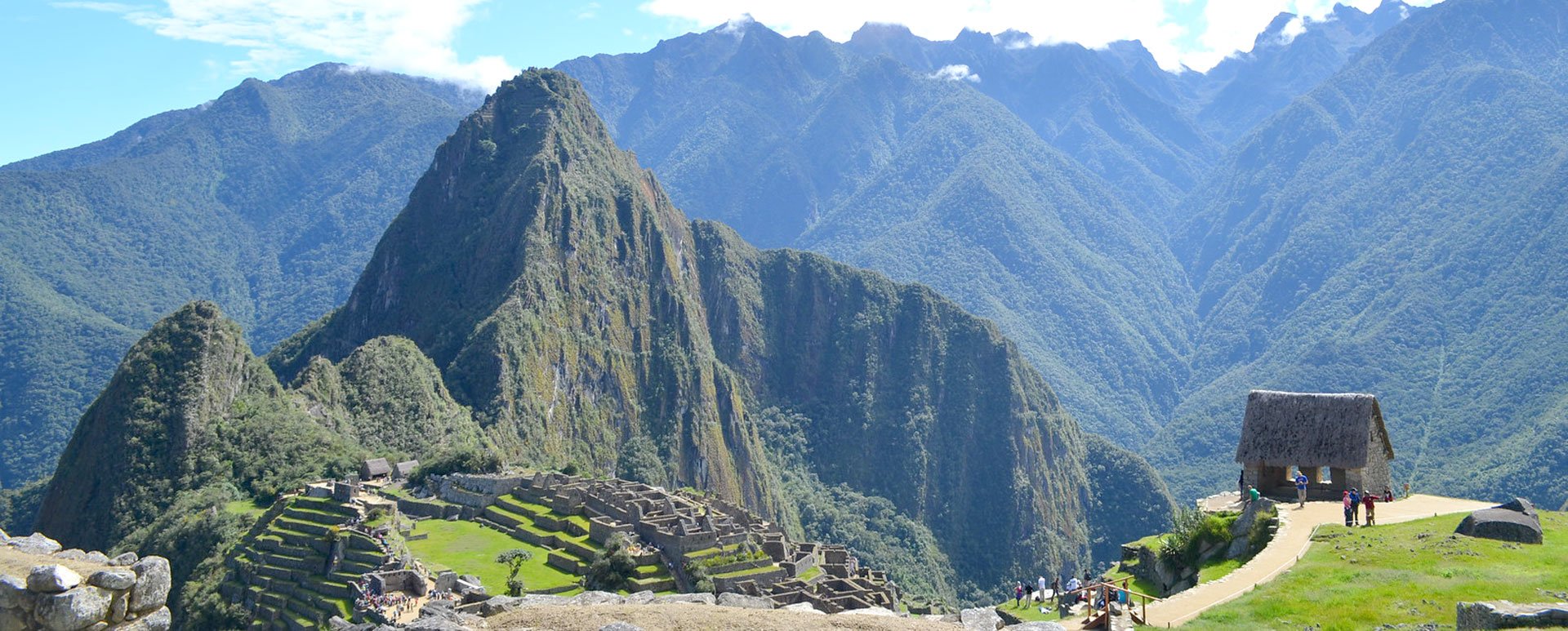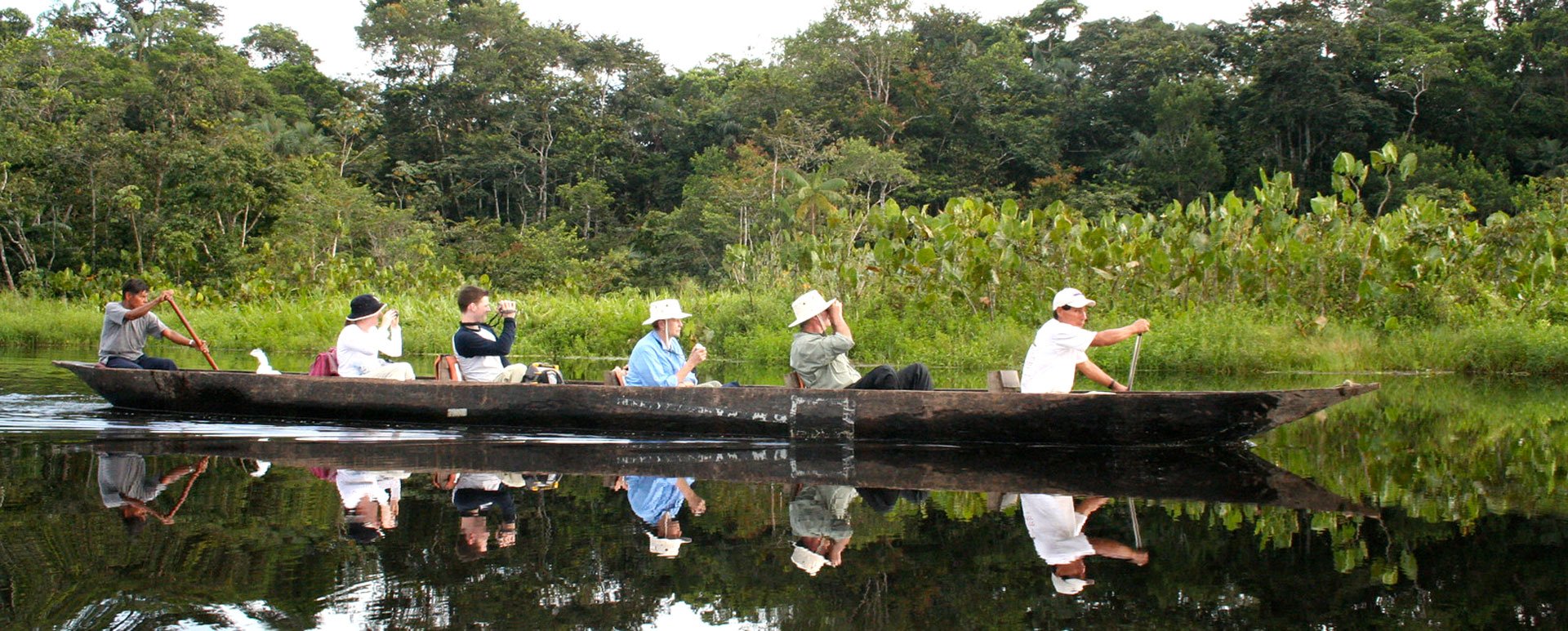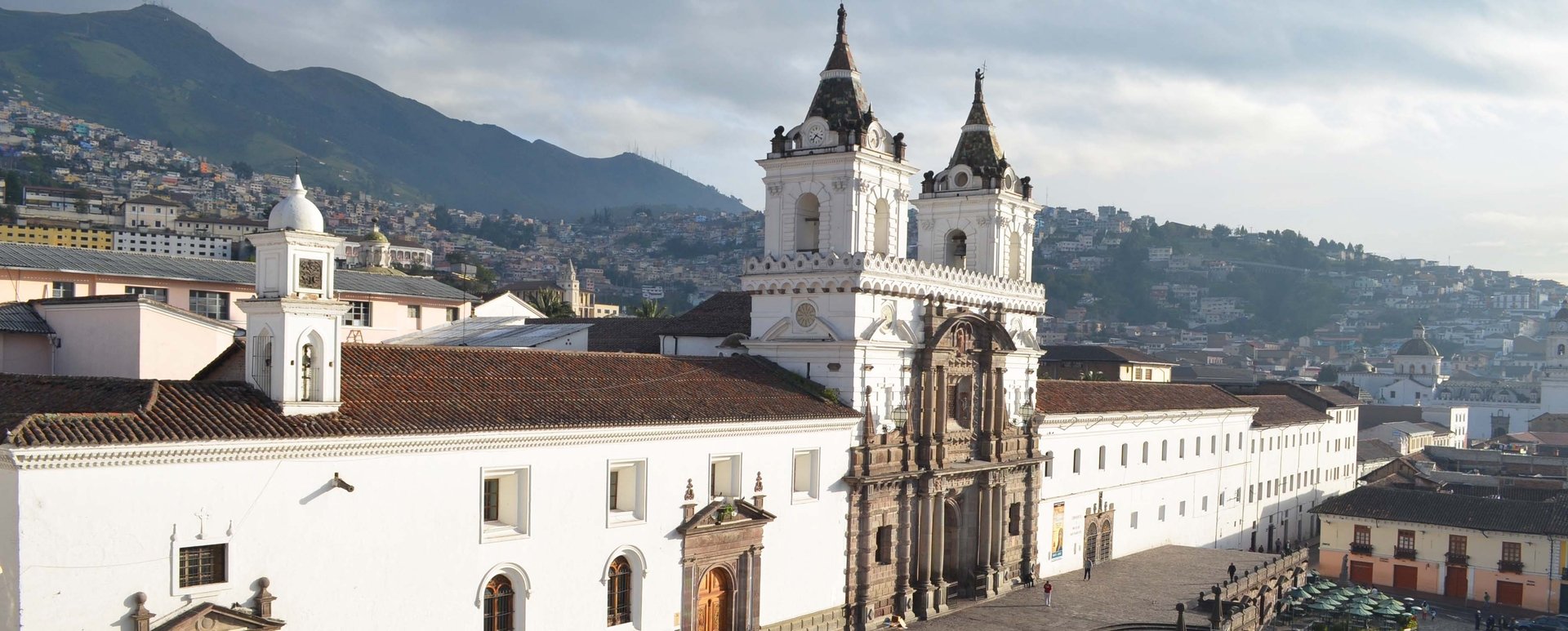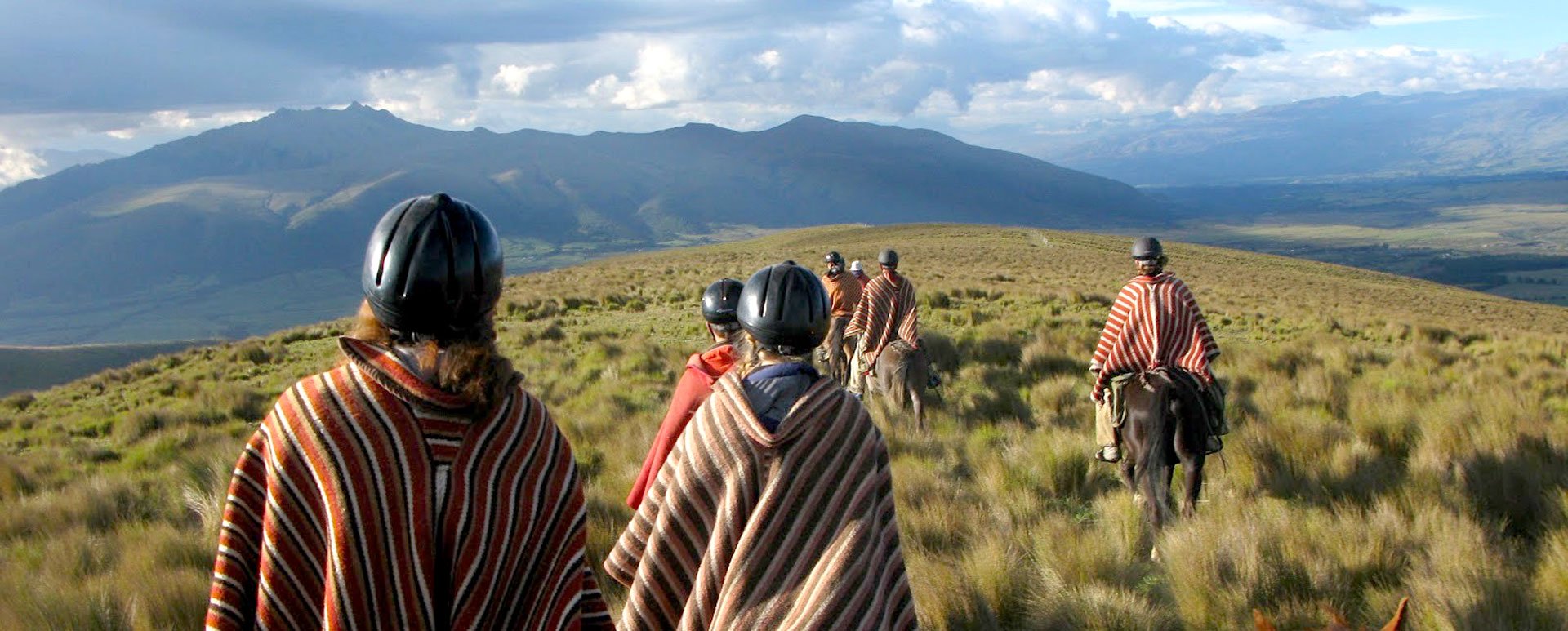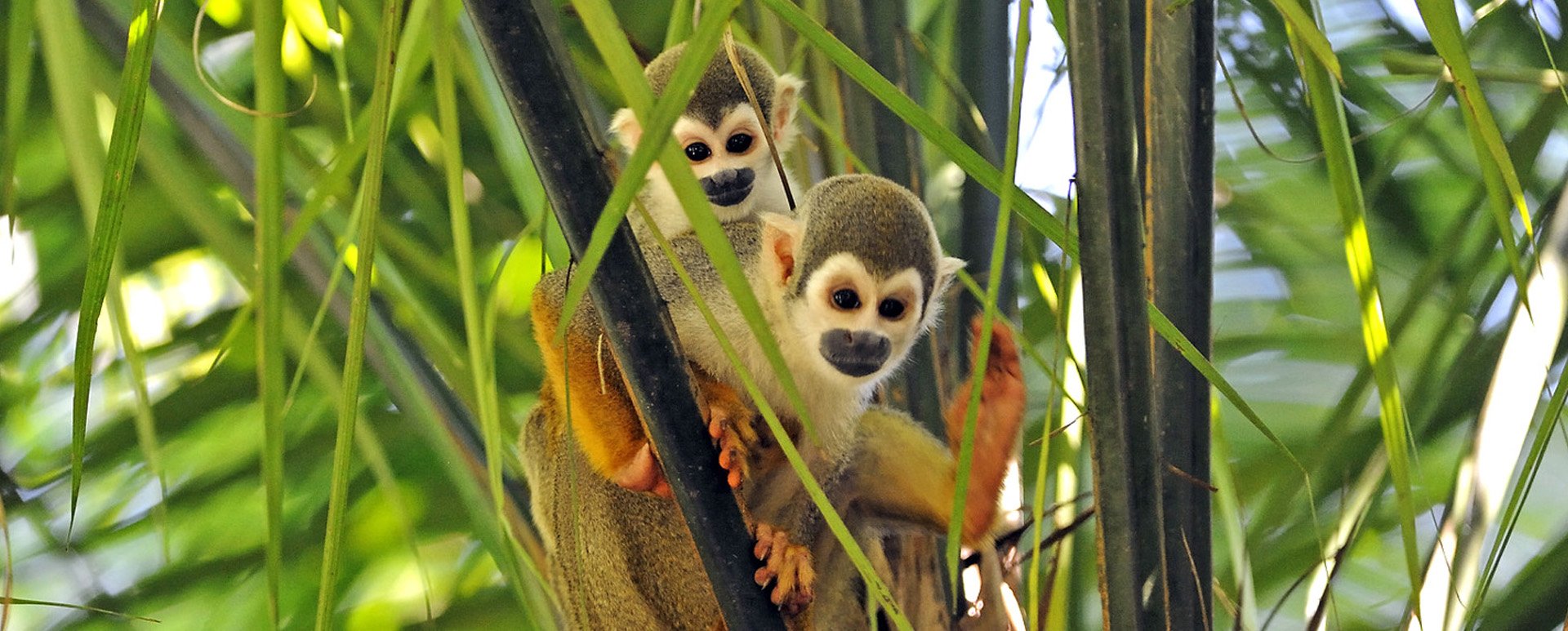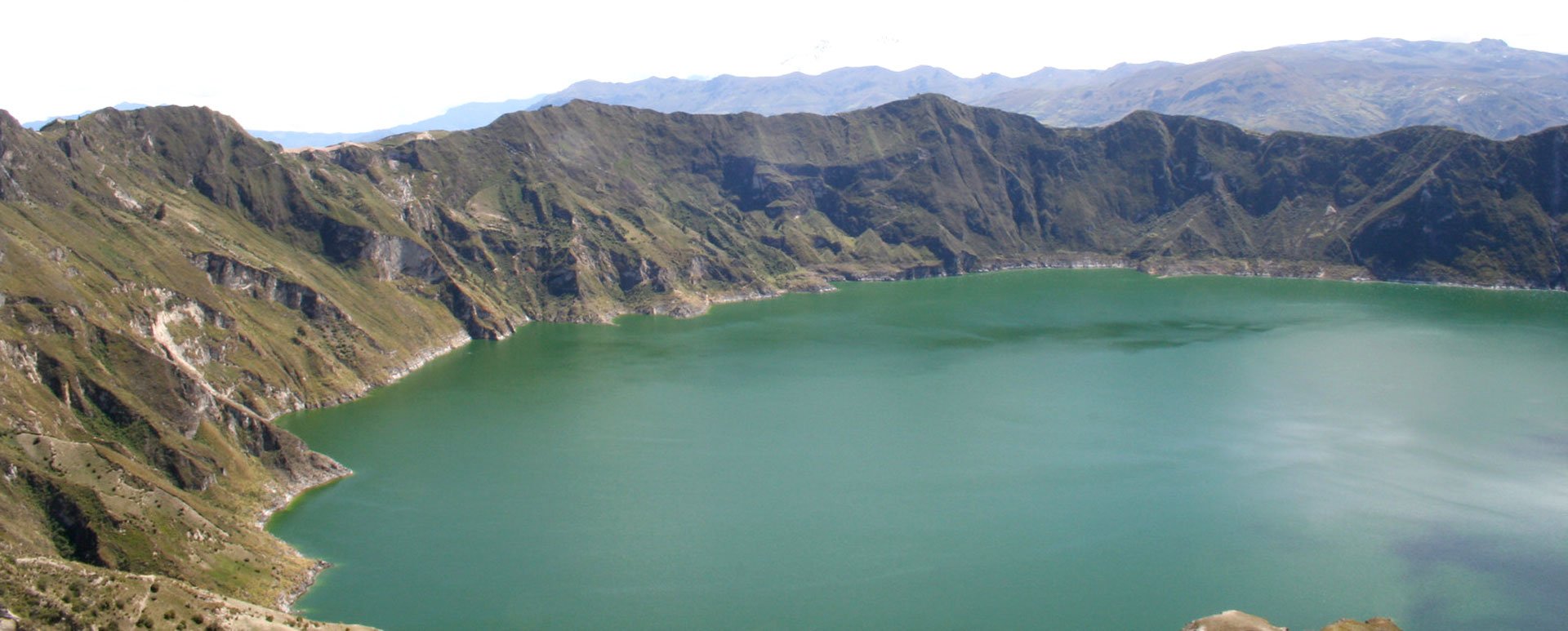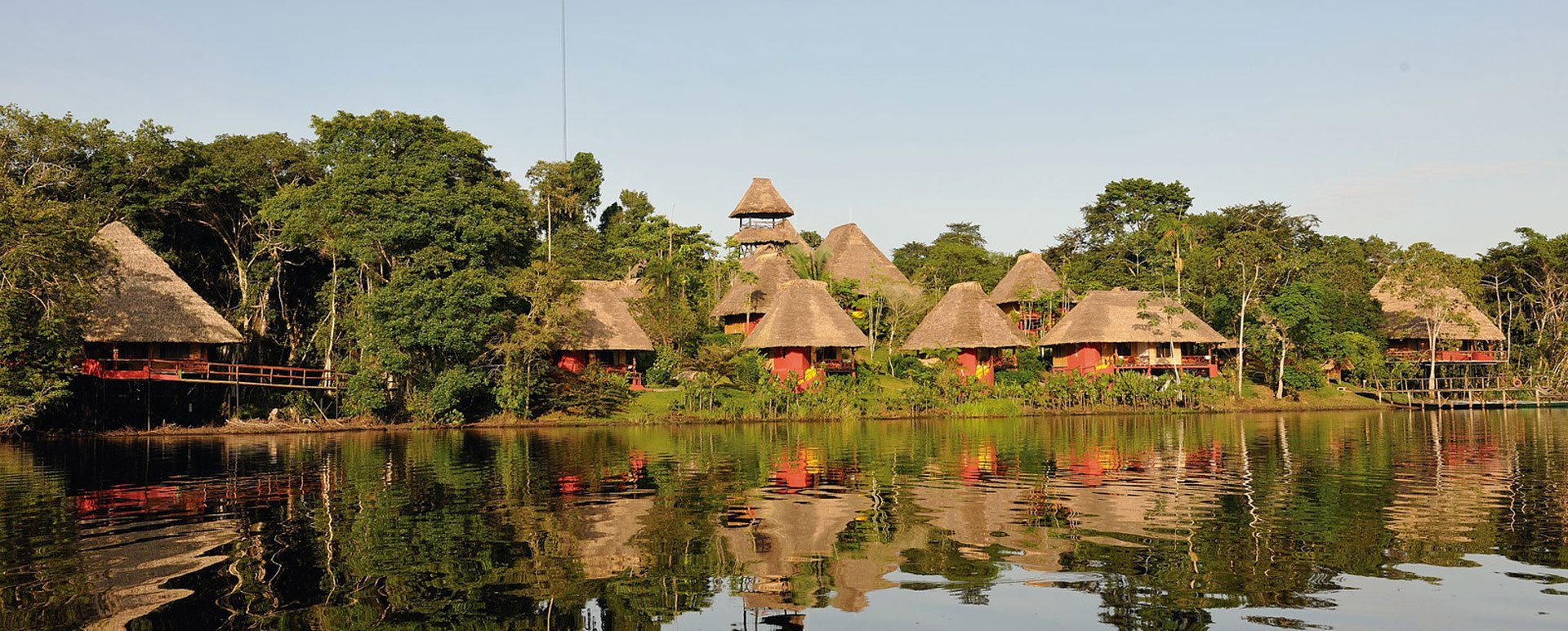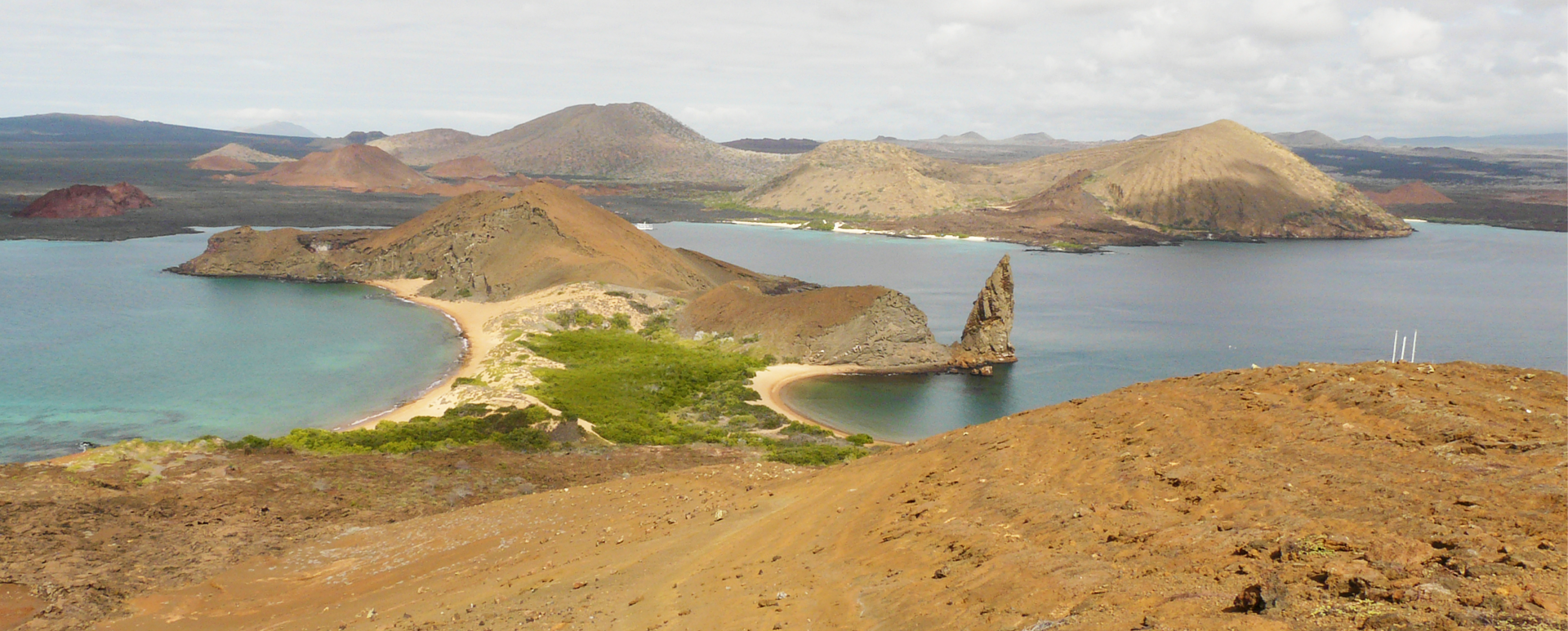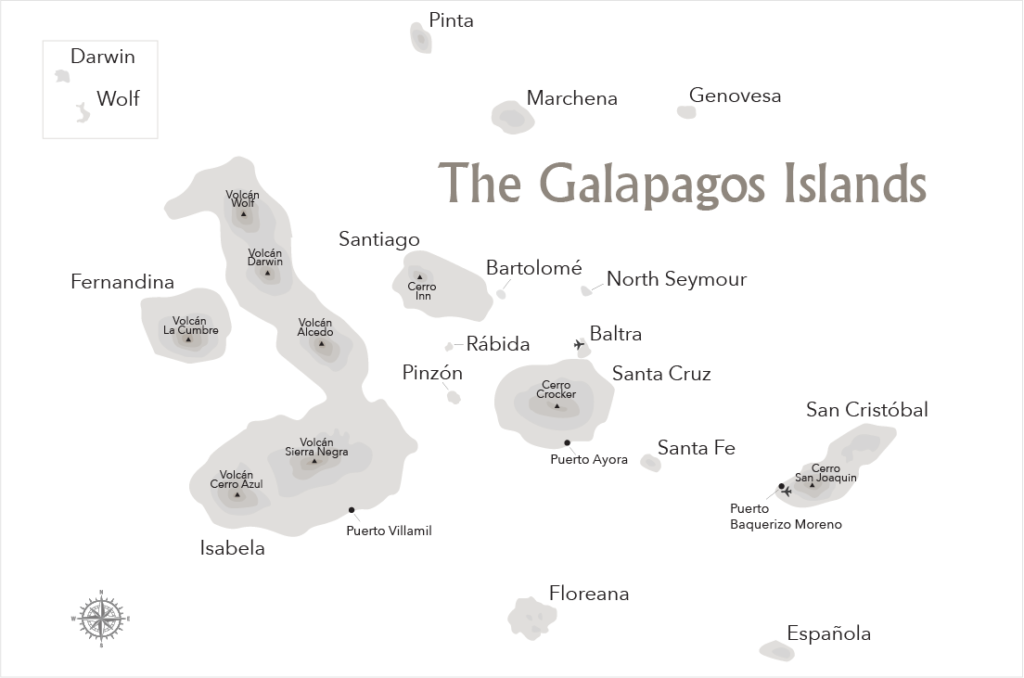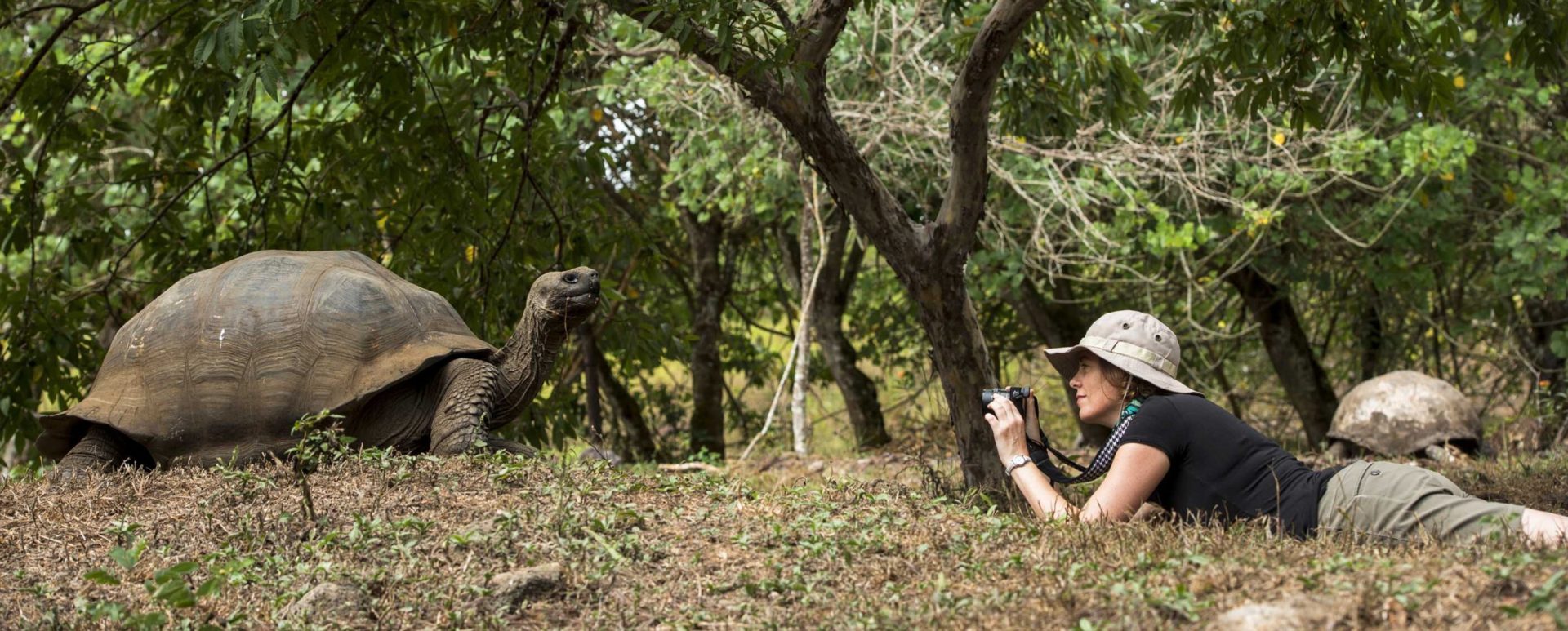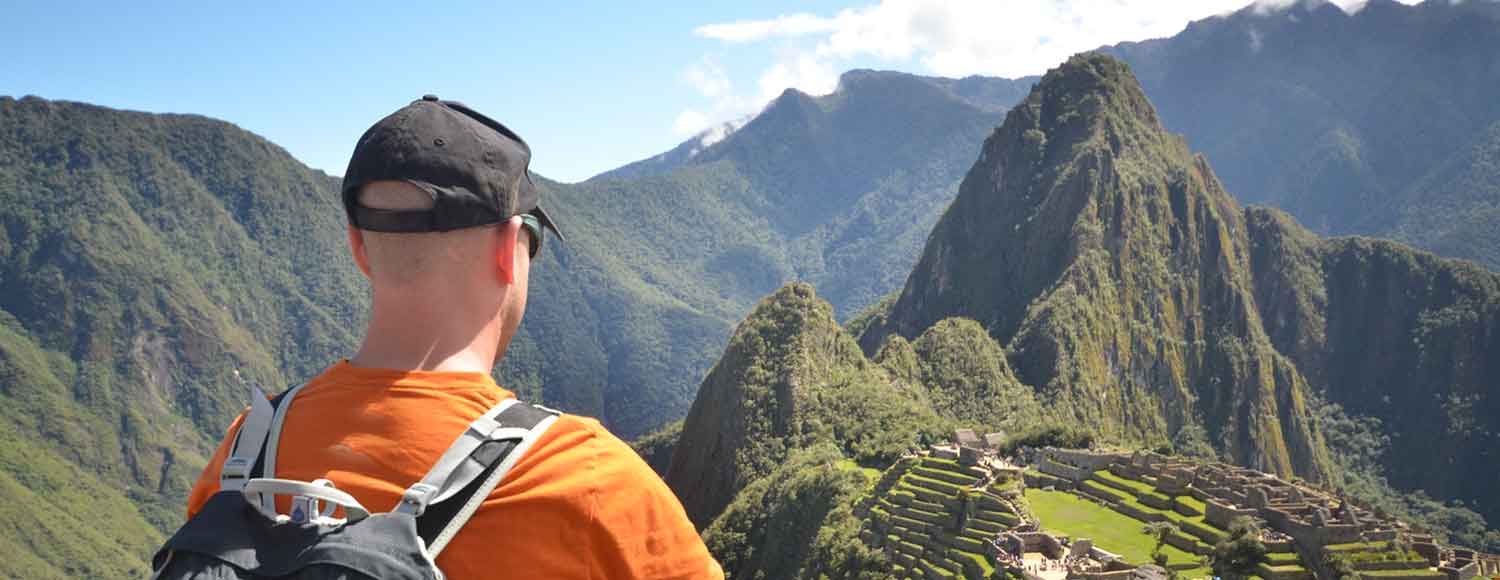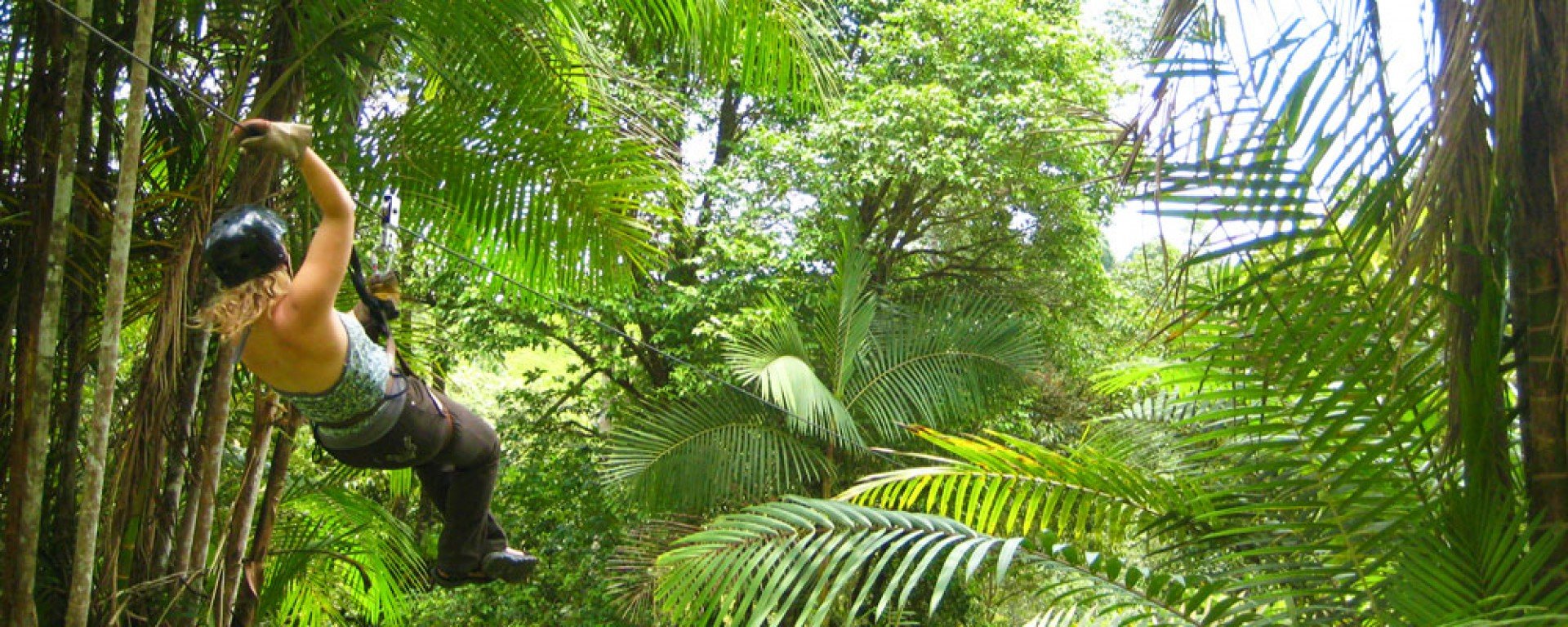
Inti Raymi: The Festival of the Sun
As the date of the summer solstice in North America is rapidly approaching, it’s a time to celebrate the longest day of the year. We revel in the warm weather, and enjoy the company of our friends and family in the great outdoors.
However, in the southern hemisphere, June 21st marks the winter solstice. It is the shortest day of the year and hints at the fact that spring and the agricultural season are just around the corner.
While many cultures celebrate these celestial cycles in different and interesting ways, perhaps none are more intriguing than the celebrations and festivals held by the Inca peoples of Peru. With a long and fascinating cultural history spanning hundreds of years, the Inca have held festivals for a variety of reasons related to the different agricultural cycles, but the most important of these festivals is Inti Raymi, the Festival of the Sun. Held each year in Cusco on June 24, Inti Raymi is a fascinating glimpse into the rich and well preserved legends and beliefs of the Incas. As tens of thousands of people descend upon Cusco this week, let’s take a look at some of the history behind this fascinating and important cultural festival.
Incan Culture 101
To understand the Incan culture of today it’s important to understand some of the history behind the culture. Evidence of civilization in Peru dates back over 11,000 years and the various peoples left behind incredible structures and other artifacts all across the country that attest to their rich and varied culture.
The Inca empire, which rose to power in the 13th century, was the most predominant and powerful culture in Peru. Prior to the arrival of the Spanish the Incan empire dominated much of South America and the Inca were a powerful and very advanced civilization. Evidence of a stratified society and a thriving economy have been discovered, and the emphasis that the Inca placed upon harmony with the earth was clearly defined.
The Inca celebrated their relationship with the gods in a variety of ways and those relationships were honored with festivals that marked significant times of the year. These celebrations gave thanks to the various gods for agricultural success, and often involved the ritual sacrifice of animals and, in some cases, virginal young women.
After the Spanish colonized the area they banned the Inti Raymi, which forced the Inca people to take the festival underground. However, today Inti Raymi is thriving and gives visitors a unique view of the celebratory culture of the Incas.
Inti Raymi Today
This week, thousands of revelers from all over Peru, South America, and the world will descend upon the relatively small city of Cusco, Peru for Inti Raymi. As the second largest festival in South America after Carnivale, Inti Raymi is a cacophony of music, dancing, and reenactments of the ancient Inti Raymi celebratory traditions.
While the festival is bustling all week, the most important and significant part of Inti Raymi takes place on June 24. On this day local Cusqueños represent the hundreds of figures important to the Inca, with the actors chosen to portray Sapa Inca, the ruler, and Mama Occla, his wife, given especially high regard.
The procession winds its way through Cusco and ends at the fortress of Sacsayhuaman in the hills above Cusco. Once at the fortress, Sapa Inca gives speeches thanking the gods for their many blessings and the reenactment culminates in a very realistic yet staged sacrifice of a white llama.
The entire spectacle showcases Cusco for the amazing city that it is, and it highlights the ongoing significance of the Inca culture and their impact on civilization in the area. If you’re lucky enough to be in the Cusco area during this time period, an experience at Inti Raymi might just be the best part of an adventure in Peru.

